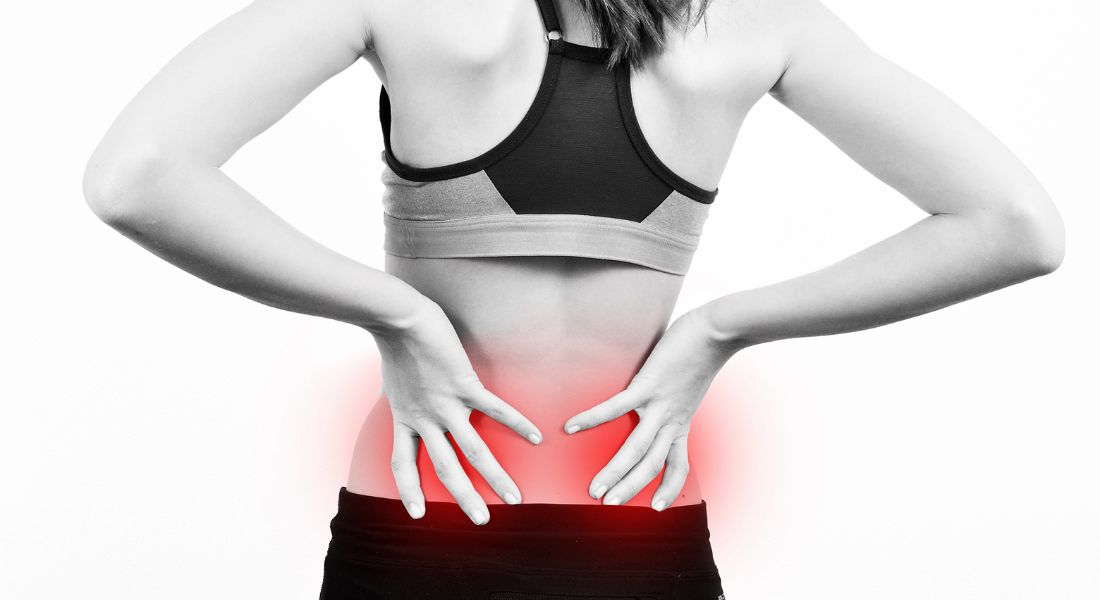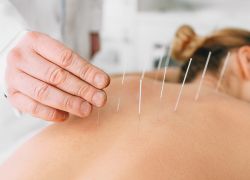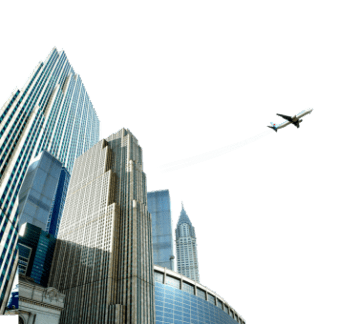
As the main cause of absence from work in Spain, back pain is having a great impact on us both personally and socially. It can cause a great deal of pain and discomfort, but is rarely serious, manifesting primarily as pain in the back regions and sometimes pain in the buttocks or the back of the legs (usually This is sciatica. Interestingly, of all the people who come to the clinic with back pain, the majority are adults between 35 and 55 years old.
Risk factors for back pain
Back pain can develop back pain, however, these factors may result in an increased risk of back pain:
- Age: Back pain is more common as you age, starting around age 30 or 40, usually due to wear and tear on the spine.
- Gender: Women suffer more back pain than men
- Lack of exercise: Weak, unused muscles can lead to back pain.
- Excess weight: Carrying too much weight puts extra pressure on the joints in your back.
- Sedentary lifestyle
- Anxiety, depression or mental illness
- Genetic predisposition
- A mentally or physically stressful job: Any job that requires repetitive bending and lifting or long hours of standing without rest or sitting unsupported in a chair leads to a higher incidence of back pain.
- Of smoking
The main causes of back pain
Most back pain is related to small, everyday strains and sprains (whether acute or chronic) that involve the muscles, ligaments or tendons of the back and are usually resolved with some over-the-counter medication, such as pain relievers or anti-inflammatories. -inflammatory and gently maintaining mobility. Otherwise, the pain may be related to musculoskeletal structural problems such as:
Intervertebral disc problems, which can cause back pain and affect the nerves that supply the legs and cause sciatica (a stabbing pain in the buttock and the back of the leg). This occurs more frequently in people under 60 years of age.
Arthritis – which is the wear and tear or degeneration of the spine. Again, this can result in back pain and may be secondary to arthritis in the hip. This occurs more frequently in people over 50 years of age.
Osteoporosis: A condition of the bones in the body that causes them to become porous and brittle, which can increase the chance of fractures.
Often patients will refer to an event causing the pain, for example, ‘I was brushing my teeth and my back bent’, but this is more often the trigger that tipped the back over the edge and made it symptomatic. In most cases, poor posture or previous factors such as lack of exercise and stretching or a series of physical or stressful events in the patient’s life, either recently or over the course of their life, compromise the back. Then, it only takes that final trigger to cause back pain. Unless these causal factors are addressed, back pain often returns, with increasing frequency and intensity.
There are many structures in the back that can be problematic and cause pain. Pain, tingling, numbness and muscle spasms and weakness in the back may be related to the vertebral joints at the back of each vertebra, the spongy vertebral discs that act as shock absorbers between each vertebra, the ribs that attach to the spine, ligaments that connect bone to bone along the back, or nerves that leave the spinal cord through narrow spaces between vertebrae and can become compressed (the spinal cord can also become compressed). Back pain can also be related to problems with the organs in the abdomen or chest (rib cage), where dysfunction of organs such as the stomach can cause pain, in this case, in the middle of the back. This is known as referred pain (see article on referred pain). In the case of referred pain.
Osteopaths are trained to identify which structures have been affected and the likely cause of the back pain you are experiencing and treat accordingly to relieve your symptoms. Treatment includes manual therapy techniques such as soft tissue massage and joint mobilization, as well as exercises and other tips that you can do at home. Cranial osteopathy and dry needling (modern acupuncture) are also administered as appropriate. In some cases, patients need to be referred to their GPs for further investigation.









